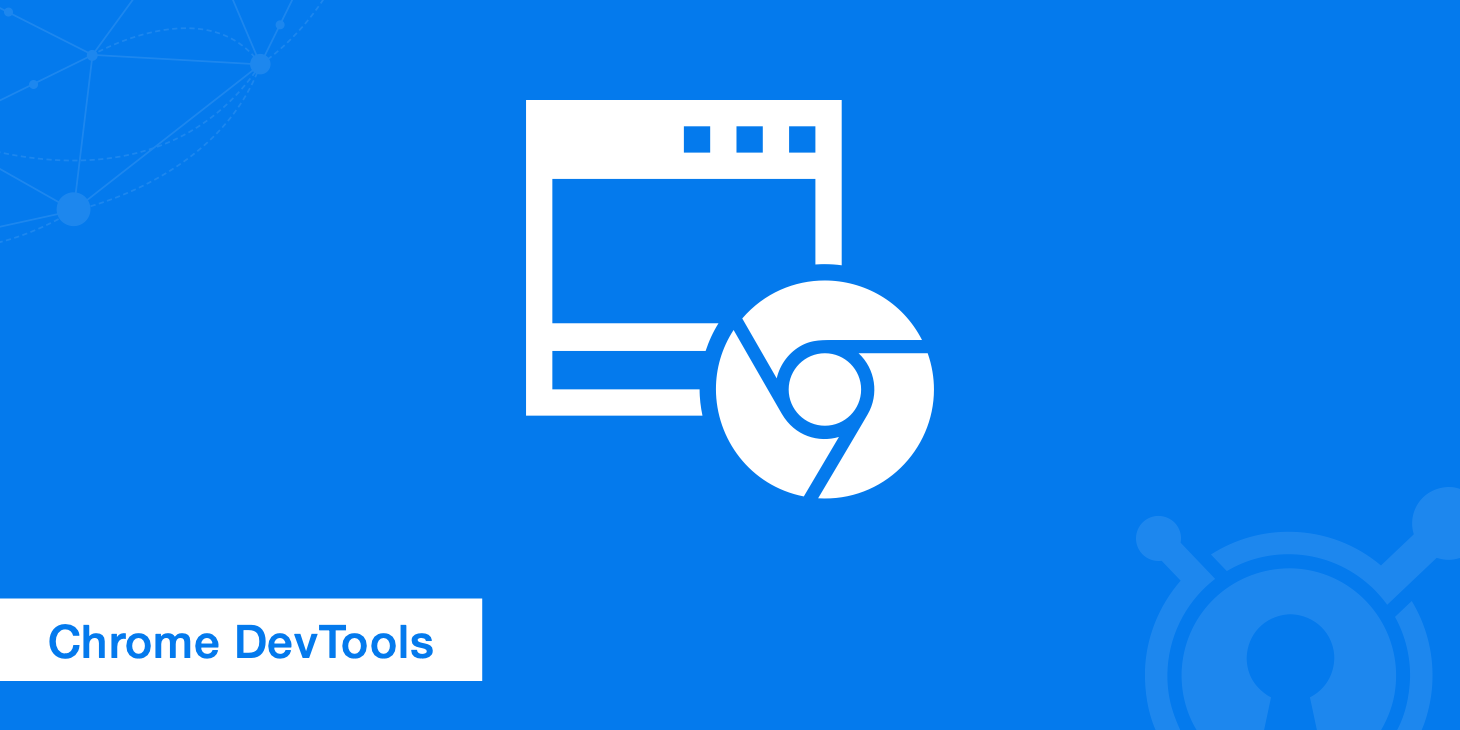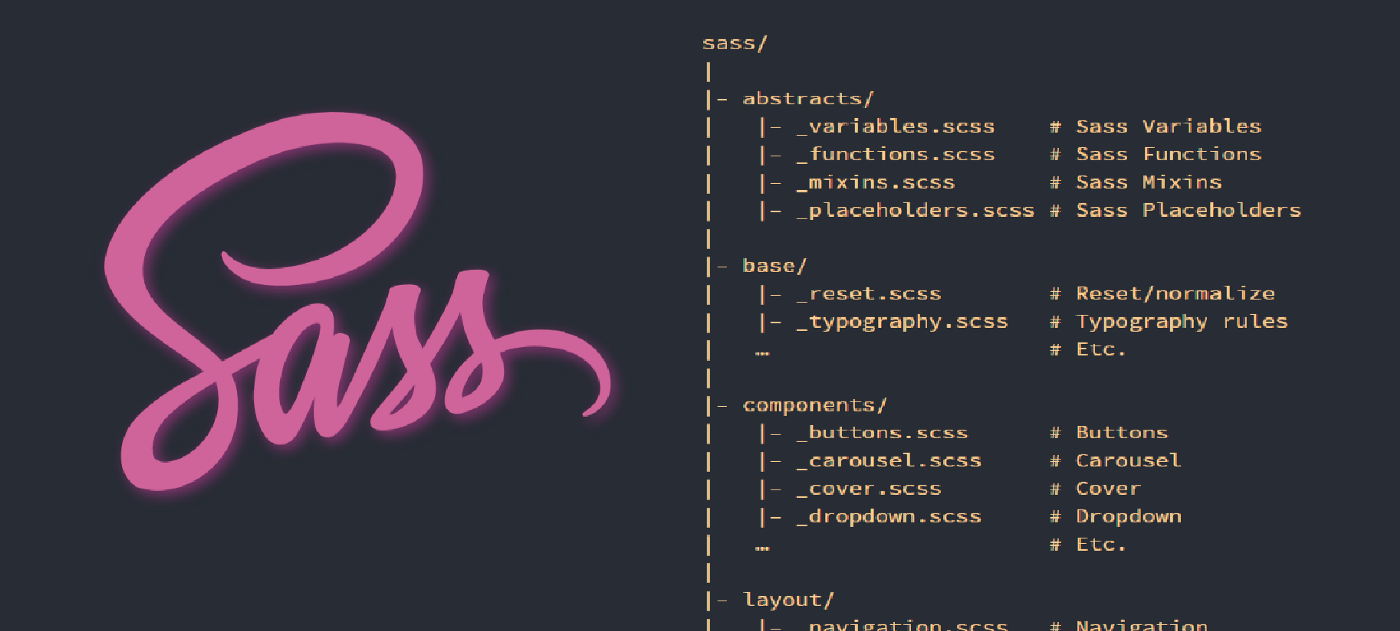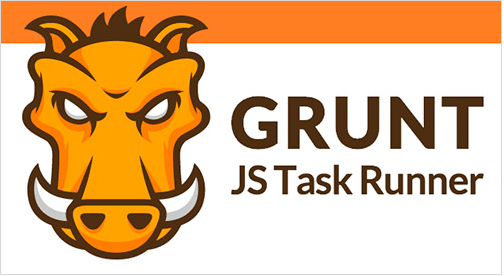Web Development in simple terms is the process of building and updating web pages that are uploaded over the Internet for users to interact with. But, it does not mean that this process is only adapted to develop complex websites that are parts of bigger business sites.
It uses several frontend and backend languages such as PHP, Python, Java, JavaScript, and more, along with a few website development tools, to create this well-functioning, user-friendly websites. In this article, we will learn about the best Web Development Tools to Use in 2023.
1. Chrome DevTools

Developers may investigate and debug online apps with Chrome DevTools, a potent suite of web developer tools integrated into the Chrome browser. It gives developers access to a variety of tools to improve application speed, fix problems in real-time, and comprehend how web applications are built.
The DevTools interface is divided into a number of panels, each with a unique collection of tools to assist developers in carrying out certain tasks. This is one of the best web development tools.
These are Chrome DevTools' top five features:
-
DOM inspection: Using DevTools, you can see a webpage's Document Object Model (DOM) and change the HTML and CSS in real time. Moreover, you may observe network requests, examine and update JavaScript, and monitor memory use.
-
Debugging: A robust debugging environment is offered by DevTools, allowing you to create breakpoints, walk through code, and see variables in real-time. Web workers and service workers may both be debugged.
-
Mobile emulators: You may test how well your web application works on various mobile devices by using a feature in DevTools that allows you to imitate various mobile devices and screen resolutions.
-
Performance profiling: DevTools may assist you in optimizing the performance of your web application by examining and profiling several elements of your code, such as CPU utilization, memory allocation, and network performance.
-
Accessibility auditing: The accessibility panel in DevTools offers advice on how to address problems with accessibility in your online application, such as the absence of alternate text for pictures.
2. Sass

Syntactically Awesome Style Sheets, often known as Sass, is a potent preprocessor programming language that enhances CSS's functionality.
Integrating capabilities like variables, mixins, and nesting, enables developers to design CSS code that is more effective, modular, and manageable. Sass code is converted into regular CSS code so that it may be applied to websites. This is one of the best web development tools.
These are Sass's top five characteristics:
-
Variables: You can create and utilize variables in your CSS code using Sass, which makes it simpler to reuse values throughout your stylesheet. When changing your code, may save time and lower the likelihood of mistakes.
-
Nesting: Sass allows nested selectors, which by replicating the structure of your HTML code may make your CSS code more understandable and manageable.
-
Mixins: You may create a group of CSS properties using mixins and reuse them throughout your stylesheet. This may facilitate the process of upgrading styles across your application and let you write less code.
-
Inheritance: Sass enables inheritance, allowing you to create a base class with a set of attributes and then extend those features in additional classes. Not repeating yourself, helps keep your code DRY and makes it simpler to manage and maintain.
-
Functions: Sass has a variety of built-in functions that let you carry out typical operations like unit conversion and color calculation. To increase Sass's capabilities, you may also design your own unique functions.
3. CodePen

Developers may create, share, and work together on front-end web development projects using the online code editor and community known as CodePen.
It offers a user-friendly design, a wide range of effective tools, and a welcoming community that promotes experimentation and learning. This is one of the best web development tools.
With CodePen, developers can rapidly test new technologies, prototype ideas, and share their creations with a large audience.
These are CodePen's top five features:
-
Instant preview: You may see changes to the output in real-time by using CodePen's live preview feature as you write. This might aid in accelerating the development process and simplifying problem-solving.
-
Collaboration: Several developers may work together on the same project using CodePen, making it simple to exchange code, receive feedback, and communicate in real time.
-
Shared coding: Developers have a platform to share their work with a large audience thanks to CodePen. This may promote teamwork, stimulate new ideas, and serve as a display of your work to future employers.
-
Community: A helpful developer community exists on CodePen where members publish their work, get criticism, and provide guidance. This may be a useful tool for developing new abilities and remaining current with front-end web development.
-
Code repositories: A variety of pre-built code libraries, including Bootstrap and jQuery, are available on CodePen and may be quickly imported into your projects. The process of developing responsive, dynamic web apps may be sped up and made simpler as a result.
4. Grunt

A JavaScript task runner called Grunt assists in web development by automating routine chores. Developers may save time and effort by creating and automating their own unique activities.
It is possible to install the command-line tool Grunt using Node.js, and it may be used to carry out operations like minifying CSS and JavaScript files, turning Sass into CSS, and optimizing pictures. This is one of the best web development tools.
Grunt's popularity among web developers has grown as a result of its versatility and simplicity of usage. It is very adaptable and may be set up to meet the requirements of certain projects. Some of Grunt's characteristics include:
-
Configuration-based: Developers may simply define the actions they wish to automate using the straightforward and understandable JSON file that Grunt uses for configuration.
-
Plugins: Several plugins for Grunt may be used to increase its capabilities. With the Node.js package manager, npm, these plugins may be installed.
-
Watch: Use Grunt's watch functionality to keep an eye on files for modifications and have jobs execute automatically. This enables automating processes like Sass compilation or browser refreshing on file changes simply.
-
Bespoke duties: Grunt provides developers with total control over the automation process by allowing them to write custom tasks in JavaScript.
-
Community Assistance: There is a large and vibrant community of Grunt developers that produce plugins, offer advice, and help out other programmers. As a result, it is simple to locate support and tools while working with Grunt. e concepts, try out new technologies, and share their work with a large audience.
Languages Required to Learn Web Development
Are you interested in learning how websites are created? Under the scenes of each stunning website is always some code. Every website's foundation is composed of HTML or Hypertext Markup Language.
Learning HTML is essential if you want to advance your web design and development abilities.
The design and content of a website are created using the markup language known as HTML. HTML uses a system of tags to create components including headers, paragraphs, lists, photos, videos, and more. These tags provide the browser instructions on how to display the data on the page. HTML is not a programming language; rather, it is a markup language that enables you to organize and display material on a website.
Simply said, HTML is the foundation upon which all other web technologies are constructed. Without HTML, there would be no web presence. You can create websites that are not just user-friendly but also mobile-friendly and visually beautiful if you take the time to master HTML. Your first step should be to learn HTML if you want to start a career in web development.
Without HTML, web development would not be possible. You may create websites that are both aesthetically pleasing and easy to use by learning HTML. The first step in beginning web design is studying HTML.
HTML is continually changing, and new versions are often issued. HTML5 is the most recent version of HTML, and it has a lot of new features and improvements that make it simpler to develop and manage online content.
A language for specifying the visual appearance of an HTML or XML document is called Cascading Style Sheets, or CSS. It describes how HTML components should look, including their size, color, and positioning on a web page. Web designers and developers can quickly create websites that look fantastic on all devices with CSS.
Without CSS, web developers would be unable to create websites that are both mobile-friendly and aesthetically pleasing. Designers may use CSS to change the size, color, and placement of HTML components to give a website a distinctive appearance. Moreover, it aids in the development of responsive websites, which may change to fit different devices' screen widths. Without CSS, it is difficult to create a contemporary website that functions properly and looks beautiful.
JavaScript is a programming language used to create dynamic and interactive web content. Sliders, pop-up windows, drop-down menus, and even animations may all be created with it. JavaScript is a client-side language that runs solely inside the user's browser on their local device, as opposed to server-side languages like PHP. As a result, websites may now load more rapidly and react to user interaction.
By including interaction, developers may employ JavaScript to create websites that are more appealing to users and provide a better experience overall.
Due to its versatility and ability to be utilized on both the front and back sides of a process, it is ideal for building full-stack web applications. You'll have an advantage in the competitive employment market for web developers if you learn JavaScript.
Sliders, pop-ups, and animations that enhance the user experience and keep visitors engaged may be created by designers using JavaScript. It supports all major browsers and mobile devices, ensuring consistency of appearance.
Learning JavaScript, a dynamic programming language, will help you keep up with new trends and technology in web design and development.
Conclusion
This article explains web development and web developers, as well as a list of the best 9 web development tools you may use in 2023. You should enroll in one of the top Web Development courses if you want to master these technologies and work as a Web Developer for a reputable company.
FAQs
1. What are web development tools?
Tools for web development are programs or apps that aid in the construction, testing, and maintenance of websites and online applications.
2. What are some common web development tools?
Code editors like VS Code, Atom, and Sublime Text, IDEs like Eclipse, NetBeans, and JetBrains WebStorm, and version control tools like Git are a few popular web development tools.
3. What is a code editor?
A code editor is a piece of software used to create, edit, and debug source code for the creation of software. Visual Studio Code, Atom, and Sublime Text are a few of the well-liked code editors for web development.
4. What is an IDE?
Integrated Development Environment, or IDE for short, is a software program that offers a full environment for software development. Code editors, debuggers, and other tools are often included in IDEs to assist developers in writing and managing code.
5. What is version control?
The administration of modifications to documents, computer programs, and other collections of information is known as version control. It is an essential part of software development since it allows programmers to monitor changes and work together efficiently on tasks.